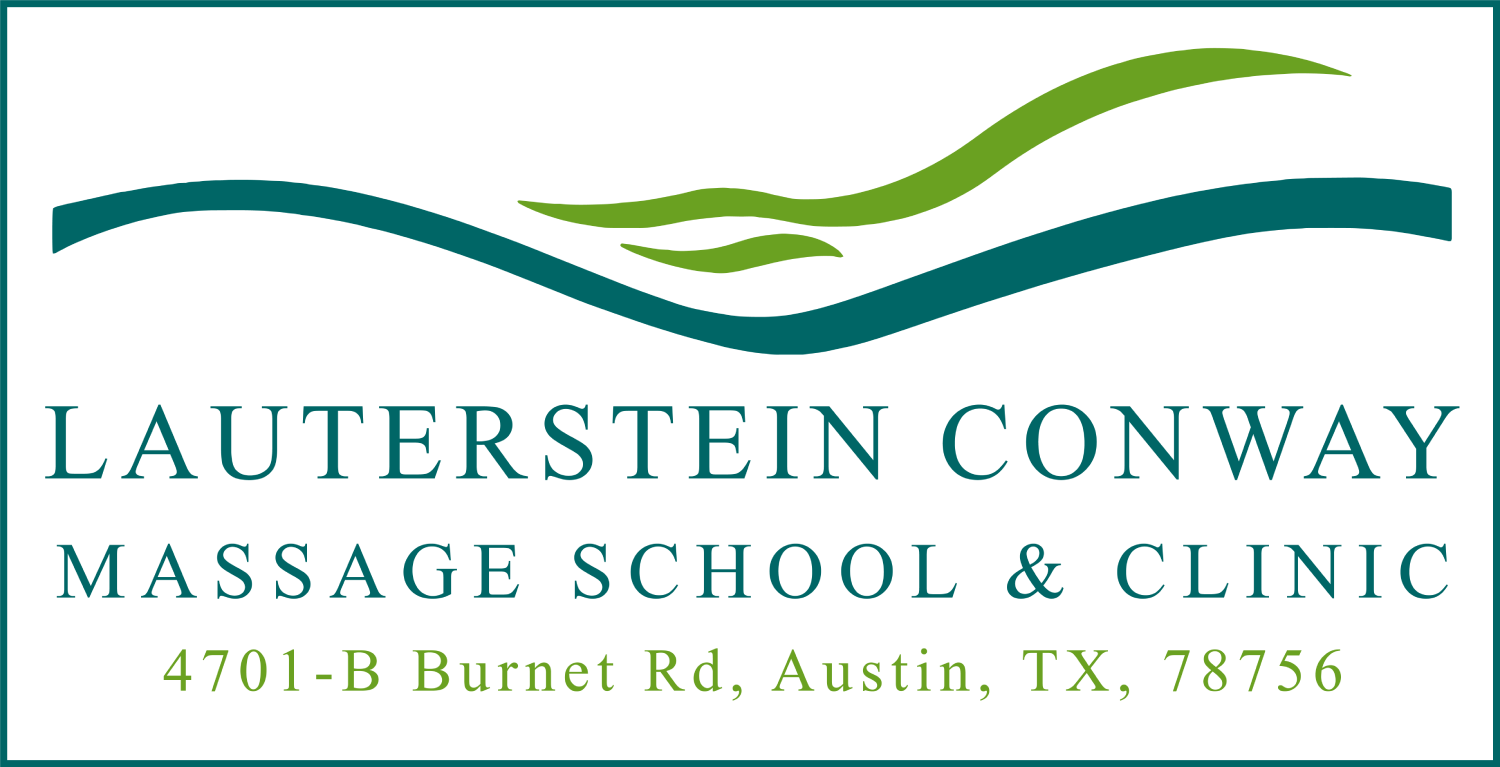Muscle Specific Deep Tissue Techniques Can be Integrated into Any Session
By Brian Utting
The phrase ‘deep tissue work’ is used in so many contexts that it’s hard to know what it means anymore. To some practitioners, ‘deep tissue’ simply means deep pressure. To others, it has more fascial, myofascial, or structural connotations. Muscle-Specific Deep Tissue work (MSDT) still works with the fascia, and uses deep pressure when appropriate, but is more focused and precise. Like structural work, it has a strategy, but it gets there by releasing the individual muscles as well as the fascia.
Muscle-specific deep tissue work not only addresses the relationships (both fascial and muscular) between the muscles, but gets to the smaller stress points that are often passed over. It’s liberating and feels wonderful when everything is released and working in harmony, and creates states of ease, balance, and deep relaxation. The work also cleanses the tissues, and supports improved local circulation.
In the upcoming Austin class, we will focus on some MSDT techniques for the back that are different from, but complementary to, what is typically taught in massage school or elsewhere. The emphasis will be on releasing and unbinding the iliopsoas, quadratus lumborum, lumbordorsal fascia, serratus posterior inferior, and the erector spinae and transversospinalis groups. These are straightforward, muscle-specific techniques that will improve the precision and effectiveness of your back massage, and can be immediately applied in practice.
The small paraspinal muscles of the back (which are strong and are often quite tight) respond extremely well to the precision of Muscle-Specific Deep Tissue work; there are many muscles living alongside each other that rarely (if ever) get stretched and separated from each other. In addition, there are 50 bones (including the rib heads) and over 120 joints that benefit from having motion introduced into them once the fascial and muscular structures of the back are unglued. We all need to have these structures balanced and ‘cleaned up’ from time to time, just as we periodically go to the dentist to get our teeth cleaned.
In addition, the ligaments of the low back are exquisitely sensitive, and when they are compressed, stretched, torqued, or injured, they will send a distress signal to the central nervous system that causes the small paraspinal muscles to lock down and splint the area. This is often a missing link in low back pain. Precise treatment of the irritated ligaments can remove deep chronic pain, and encourage the neighboring paraspinal muscles to relax and let go.
These MSDT and treatment-based techniques will improve the precision and effectiveness of your back massage (or any massage), and can be easily integrated to your style of bodywork. Students who have taken this introductory class have reported that it helped to increase their precision, palpatory sensitivity, and effectiveness with their back massages. Their clients loved the results, feeling a newfound sense of freedom and ease in their backs.
Check out our workshops page to learn more about upcoming deep tissue classes.



